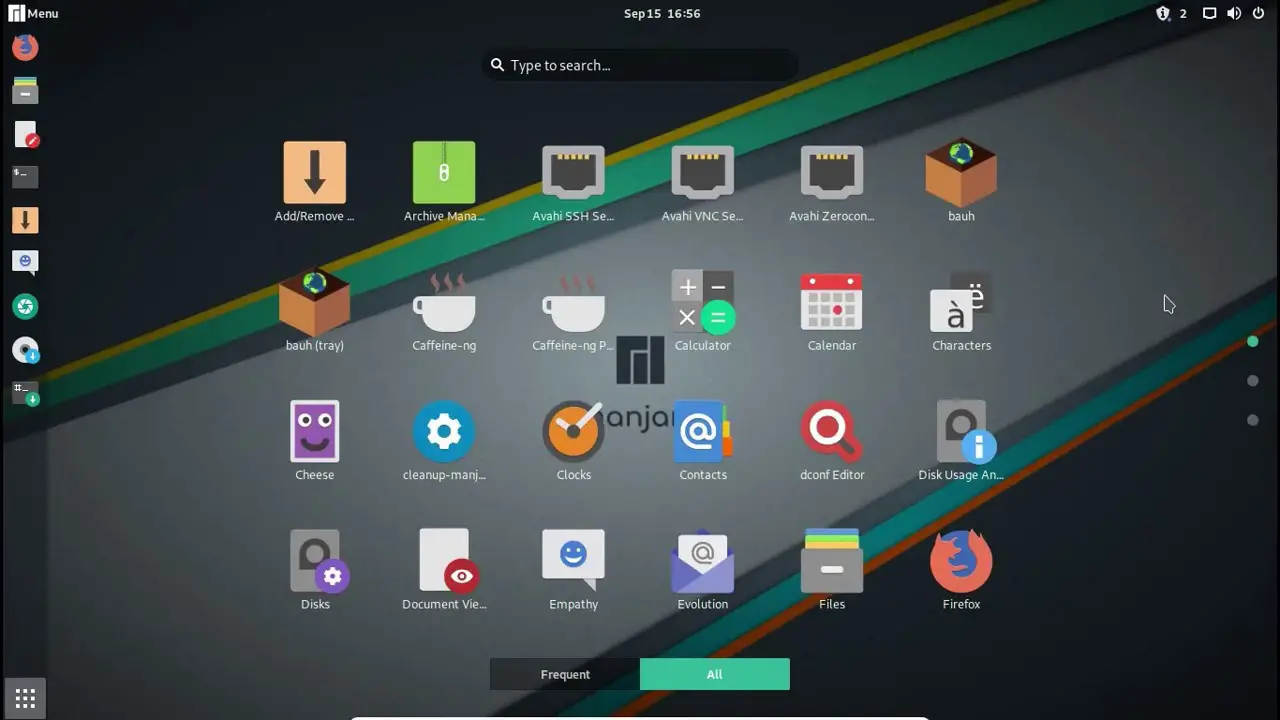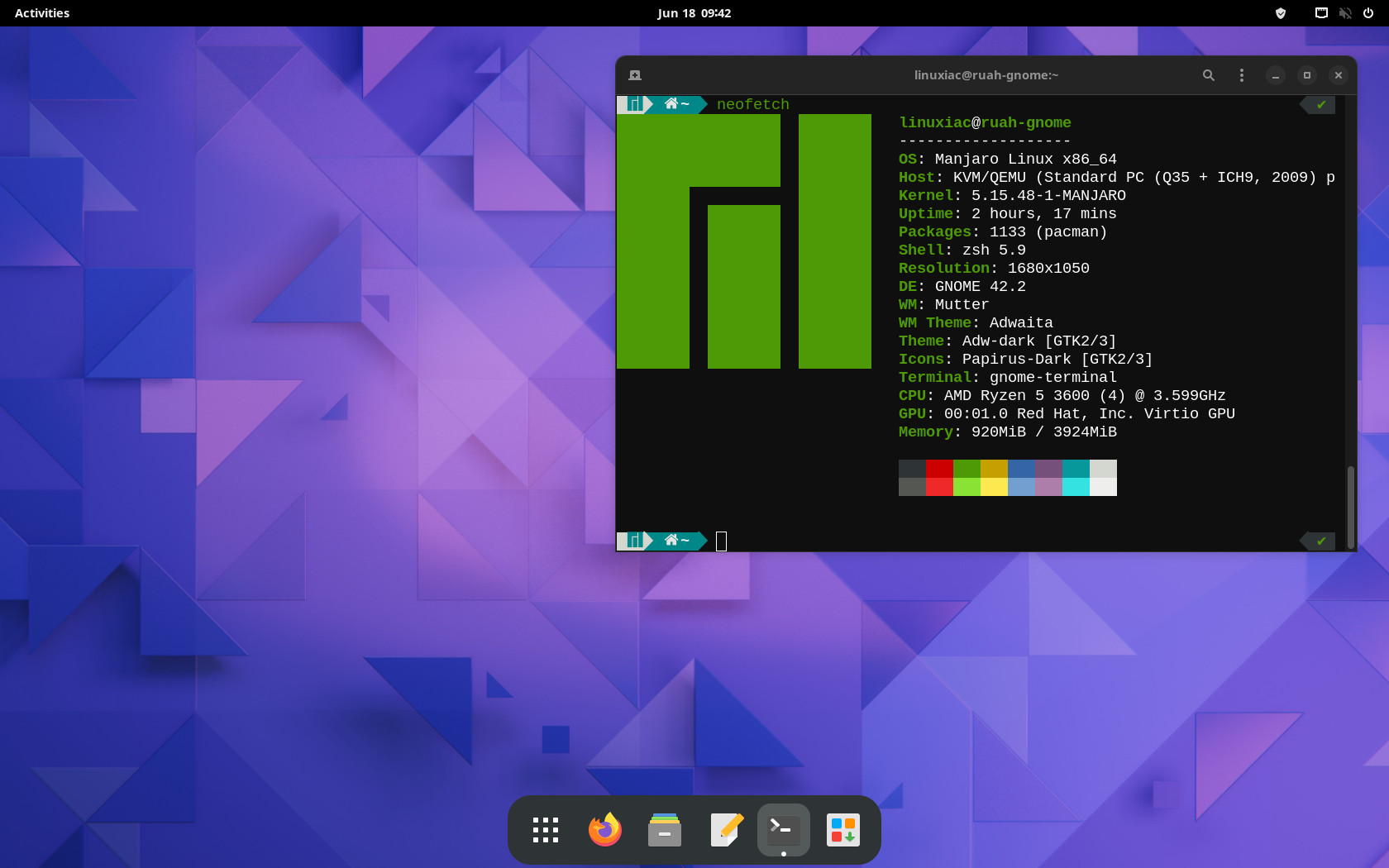Manjaro Gnome Vs. Ubuntu Gnome: The Gnome Face-off

Executive Summary

Manjaro and Ubuntu are two of the most popular Linux distributions that use the Gnome desktop environment, a user-friendly and customizable graphical interface. Both distributions offer their own unique advantages and drawbacks, making it challenging to decide which one is better suited for specific users. This article provides a comprehensive comparison of Manjaro Gnome and Ubuntu Gnome, highlighting the key differences and similarities between the two distributions to help users make an informed decision.

Introduction
Manjaro is a user-friendly and customizable Arch Linux-based distribution that offers a modern and polished desktop experience. On the other hand, Ubuntu is a highly popular and beginner-friendly distribution known for its stability and extensive software support. Both Manjaro and Ubuntu provide the Gnome desktop environment, which is praised for its ease of use, intuitive interface, and wide range of customization options. This article explores the key distinctions and commonalities between Manjaro Gnome and Ubuntu Gnome, examining various aspects such as performance, software availability, and stability.
Key Differences
1. Package Management
- Manjaro: Uses the Pacman package manager, known for its speed and simplicity. It provides access to Arch User Repository (AUR), a vast community-maintained repository of software that extends the available packages beyond the official repositories.
- Ubuntu: Employs the Advanced Packaging Tool (APT), considered a standard package management system in the Linux community. It offers a vast software repository maintained by the Ubuntu team, ensuring stability and security.
2. Software Availability
- Manjaro: Being Arch-based, Manjaro has access to the latest software and updates as soon as they become available, making it an excellent choice for users who prioritize cutting-edge software.
- Ubuntu: Known for its extensive software selection, Ubuntu offers a wide range of applications and packages, including proprietary software like Adobe Flash and multimedia codecs.
3. Release Model
- Manjaro: Follows a rolling release model, which means it receives continuous updates, keeping the system up-to-date with the latest software. This can sometimes lead to stability issues due to frequent changes.
- Ubuntu: Maintains a fixed release cycle, releasing new versions every six months. This ensures a more stable system, as it undergoes thorough testing before each release.
4. Desktop Environment Integration
- Manjaro: Provides a more vanilla Gnome experience, allowing users to experience the upstream Gnome desktop environment without many modifications or additions.
- Ubuntu: Offers a more customized Gnome desktop with additional features and applications pre-installed, such as system monitoring tools, screenshot utilities, and media players.
5. Community Support
- Manjaro: Has a supportive community, known for its responsiveness and helpfulness, primarily found on online forums and discussion boards.
- Ubuntu: Enjoys a large and active community with extensive documentation, tutorials, and dedicated support forums, making it easier for users to find assistance.
Conclusion
Manjaro Gnome and Ubuntu Gnome offer distinct user experiences, each with unique strengths and weaknesses. Manjaro is a fantastic option for users who desire a bleeding-edge system with access to the latest software and the flexibility to customize their desktop environment to their liking. Conversely, Ubuntu Gnome is an excellent choice for those seeking a stable, user-friendly system with broad software support and a more polished desktop experience. Ultimately, the choice between Manjaro Gnome and Ubuntu Gnome depends on individual preferences, skill level, and specific requirements, making it essential for users to consider these factors when selecting the most suitable distribution for their needs.
Keyword Phrase Tags:
Gnome desktop environment, Manjaro Gnome, Rolling release, Ubuntu Gnome, Fixed release cycle

I’ve been using Manjaro Gnome for a few months now and I’m really happy with it. It’s fast, stable, and easy to use. I would definitely recommend it to anyone looking for a good Gnome distro.
Ubuntu Gnome is a great distro for beginners. It’s stable, reliable, and easy to use. I would definitely recommend it to anyone who is new to Linux.
I’ve tried both Manjaro Gnome and Ubuntu Gnome and I prefer Manjaro. I find it to be more stable and reliable. I would definitely recommend it to anyone looking for a good Gnome distro.
Ubuntu Gnome is a terrible distro. It’s buggy, unstable, and difficult to use. I would not recommend it to anyone.
I’ve been using Manjaro Gnome for a few months now and I’ve had nothing but problems with it. It’s constantly crashing and freezing. I would not recommend it to anyone.
The article does not mention that Manjaro Gnome is based on Arch Linux. This could be a significant disadvantage for some users, as Arch Linux is known for being more difficult to use than other distros.
The article claims that Ubuntu Gnome is more stable than Manjaro Gnome. This is not my experience at all. I have found Manjaro Gnome to be much more stable and reliable than Ubuntu Gnome.
I find it ironic that the article recommends Manjaro Gnome for beginners. I would say that Ubuntu Gnome is a much better choice for beginners, as it is more stable and easier to use.
The article is full of sarcastic remarks about Ubuntu Gnome. I find this to be unprofessional and unhelpful.
I lol’d at the part where the article says that Ubuntu Gnome is more stable than Manjaro Gnome. That’s the funniest thing I’ve heard all day.